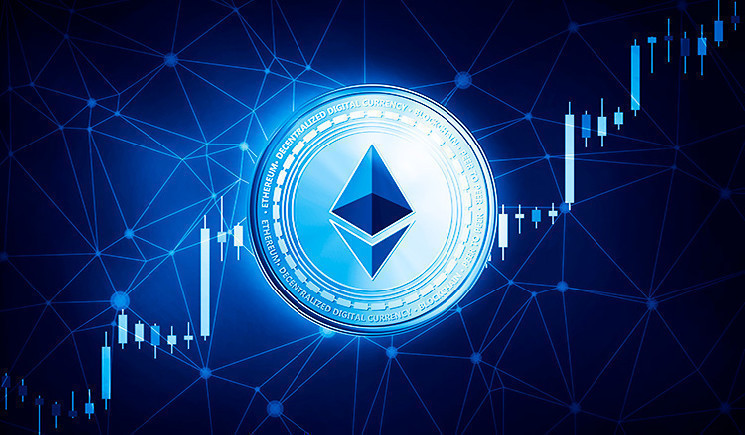- Ethereum 2.0 Altair upgrade has taken off very smoothly
- More than 98% of the nodes have updated their client version
- The upgrade has cleared the beacon state incentive accounting and has fixed several issues related to the validators incentives
- The upgrade brings light-client support to the core consensus mechanism
Ethereum 2.0, the upgrade of the Ether blockchain is most awaited by the community. As the upgrade roll completes all its phases, the entire network will shift from the Proof-of-Work consensus to the more eco-friendly Proof-of-Stake system. Indeed, the users on the Ether blockchain will soon be able to stake their ETH coins to gain the right to verify transactions and multiply their coins making a passive gain. However, in the recent phase, Altair upgrade was found taking off smoothly with more than 98% of the nodes upgrading their software. Notably, the upgrade rolled out Beacon Chain on the Ether mainnet.
Altair upgrade took a successful take off
On Wednesday, the Ethereum 2.0 Altair upgrade successfully launched the Beacon Chain on the Ether mainnet. It was incredible that the update remained successful with more than 98% softwares updating itself. After the upgrade, Preston Vanloon, one of the Ether2.0 devs tweeted that the Altair upgrade is activated successfully.
It is worth noting that the recent upgrade is the first upgrade to the Beacon Chain since it went online in December last year. Moreover, the latest upgrade of the nodes could be the last before the merge of the Ether mainnet and the change of network.
What does the Ethereum 2.0 Altair upgrade bring?
The Ethereum 2.0 Altair upgrade brings light-client support to the core consensus mechanism. Additionally it also clears the beacon state incentive accounting and has fixed several issues related to the validators incentives. The upgrade also steps up the punitive parameters, which includes penalties for offline validators in accordance with the Ethereum Improvement Proposal (EIP) 2982.
According to Paul Hauner, the lead dev and reviewer of the Altair code in Lighthouse, an Ethereum 2.0 implementation, the latest update of nodes introduced two prominent changes. First, the upgrade added support for light clients, indeed, these are low-resourced nodes that follow the chain with fewer features and slightly weaker security assumptions. The Ether community can now think of a more lightweight node on their mobile phones or just in web browsers.
Second, Altair increased the penalties for being offline and for slashing. However, such penalties are still set low from genesis. Hence, the network doesn’t penalize someone who was just learning the ropes. Notably, Hauner also underscored that the merge will increase these penalties even more.
On the other hand, it is also revealed that apart from the two primary and notable changes, there also are a handful of efficiency and tidiness.
Altair practically has all the validators online
To get compatible with the Ethereum 2.0 recent update, the Beacon Node operators had to update their client version. The upgrade process was to take only 10 minutes. During the first epoch of the update, the participation was observed falling by as low as 93%. However, the plunge suddenly turned to surprise by rising to 95% and then surpassing 98%. Following the scenario, Hauner noted that it seems the network practically has all the validators online and running on the latest upgrade. However, it is challenging to conclude exactly on the privacy-preserving systems, but it seems like the network has more than a percent of the nodes offline.
According to the data from Beacon Chain, there are more than 247k active validators, whereas, 3k were offline. Indeed, if the inactive validators don’t get fixed soon, they will soon cross the threshold and get ejected by the network. Notably, 16 ETH is believed to be the threshold mark, after which the offline nodes will be ejected. However, it can take a longer time as the network is still finalizing.
 thecoinrepublic.com
thecoinrepublic.com
